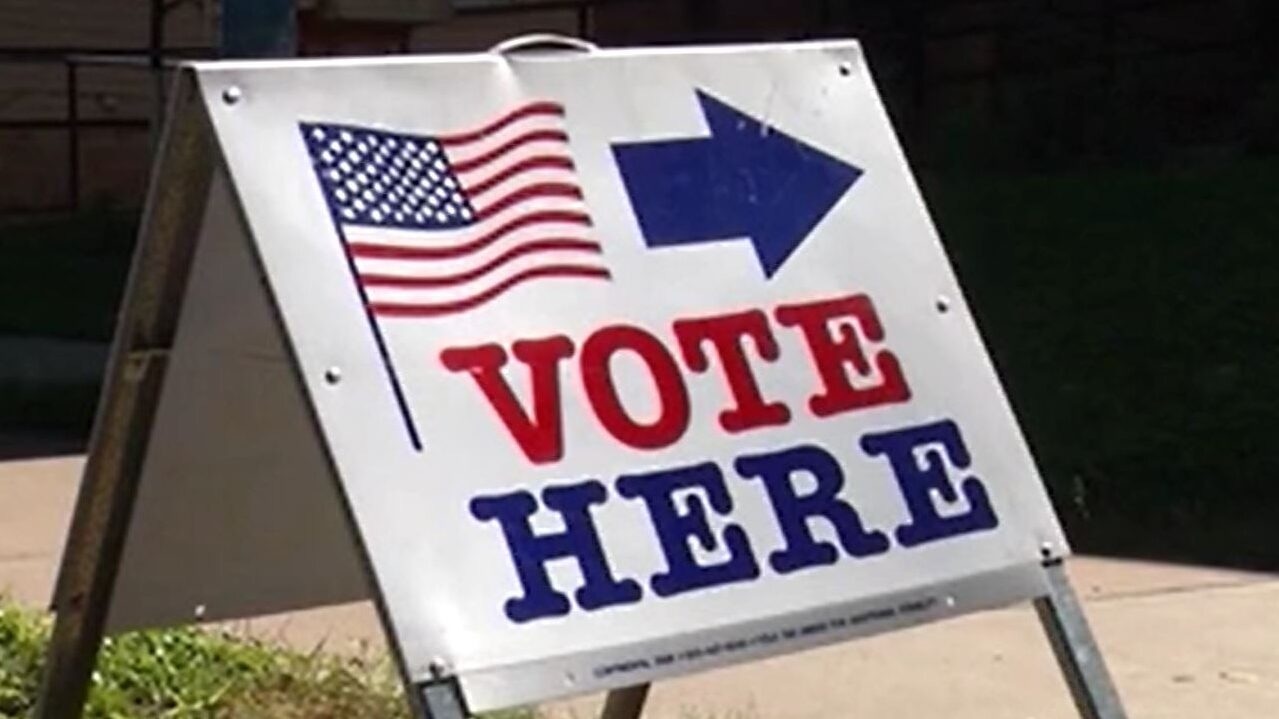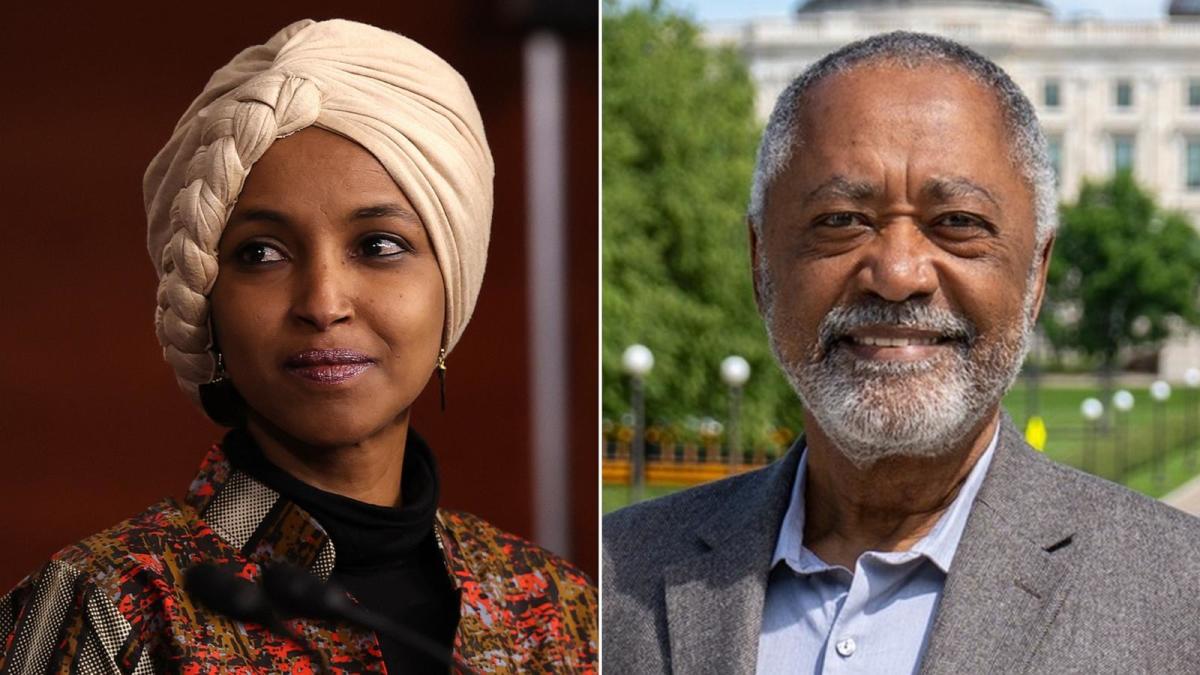Minnesota Primary Election Overview
The Minnesota primary election, scheduled for [Date], will determine the candidates who will compete in the general election for various state and federal offices. The primary will be crucial in shaping the national political landscape, particularly in the context of the upcoming presidential election. The state is considered a battleground, and the outcome of the primary could significantly impact the national political conversation.
Key Races
The Minnesota primary election features several key races that will draw significant attention from voters and political observers.
- The race for the U.S. Senate will be closely watched, as the incumbent is facing a primary challenge from within their own party. This race could have national implications, as the outcome could shift the balance of power in the Senate.
- The gubernatorial race is another key contest, with several candidates vying for the Democratic and Republican nominations. The outcome of this race will have a significant impact on state policy and the direction of Minnesota’s political landscape.
- Several congressional races are also on the ballot, with competitive primaries in both the Democratic and Republican parties. These races could influence the composition of the U.S. House of Representatives and the direction of national policy.
Significance of the Minnesota Primaries
The Minnesota primary election is significant for several reasons. First, it is a key indicator of voter sentiment and political trends in a state that is often considered a bellwether for national elections. The outcome of the primary could provide insights into the political climate and the issues that are most important to voters. Second, the primary will shape the field of candidates for the general election, which will ultimately determine the outcome of the races for various state and federal offices. The primary is therefore a critical step in the electoral process.
Demographics and Voter Registration
The Minnesota primary election is expected to draw a diverse electorate, reflecting the state’s demographics. [Provide specific demographic data, including age, race, and ethnicity, based on reliable sources. This data should be presented in a concise and informative manner. For example, “According to the U.S. Census Bureau, Minnesota’s population is approximately [percentage] white, [percentage] Black or African American, [percentage] Hispanic or Latino, and [percentage] Asian.”]. Voter registration data can be obtained from the Minnesota Secretary of State’s website. [Provide specific data on voter registration by party affiliation, including the number of registered Democrats, Republicans, and independents. For example, “As of [date], there are [number] registered Democrats, [number] registered Republicans, and [number] registered independents in Minnesota.”].
Notable Candidates and Their Platforms: Minnesota Primaries

The Minnesota primary elections offer voters a chance to shape the political landscape of the state. With several key races, understanding the candidates and their platforms is crucial for making informed decisions. This section delves into the leading contenders in each major race, examining their backgrounds, political affiliations, and key policy positions.
Governor
The race for governor is expected to be highly contested. The leading candidates are:
- [Candidate Name], [Party Affiliation] – [Candidate Name] brings a wealth of experience to the race, having served in [previous role(s)]. Their platform focuses on [key policy areas]. They advocate for [specific policies] and believe that [key principles] are essential for a strong Minnesota.
- [Candidate Name], [Party Affiliation] – [Candidate Name] is a [background/occupation] with a focus on [key areas of expertise]. Their platform emphasizes [key policy areas] and promises to [specific actions]. [Candidate Name] believes that [key principles] will lead to a more prosperous Minnesota.
The platforms of these candidates share some common ground, such as [shared policy areas]. However, they differ significantly on [areas of disagreement]. [Candidate Name] emphasizes [key difference], while [Candidate Name] prioritizes [key difference]. The outcome of this race could have a significant impact on the direction of Minnesota’s policies, particularly in areas such as [key policy areas].
United States Senate
The race for the U.S. Senate is another key contest in the Minnesota primary. The leading candidates are:
- [Candidate Name], [Party Affiliation] – [Candidate Name] is a [background/occupation] with a strong focus on [key areas of expertise]. Their platform emphasizes [key policy areas] and aims to [specific actions]. [Candidate Name] believes that [key principles] are essential for a strong nation.
- [Candidate Name], [Party Affiliation] – [Candidate Name] is a [background/occupation] with a long history of public service. Their platform focuses on [key policy areas] and promises to [specific actions]. [Candidate Name] believes that [key principles] are crucial for a thriving Minnesota and a strong America.
The candidates in this race have distinct views on [key areas of disagreement]. [Candidate Name] advocates for [specific policy], while [Candidate Name] prioritizes [specific policy]. The outcome of this race could have a significant impact on the direction of federal policy, particularly in areas such as [key policy areas].
United States House of Representatives
The Minnesota primary elections also include several races for the U.S. House of Representatives. The leading candidates in each district are:
- District [Number] – [Candidate Name], [Party Affiliation] – [Candidate Name] is a [background/occupation] with a strong focus on [key areas of expertise]. Their platform emphasizes [key policy areas] and aims to [specific actions]. [Candidate Name] believes that [key principles] are essential for a strong nation.
- District [Number] – [Candidate Name], [Party Affiliation] – [Candidate Name] is a [background/occupation] with a long history of public service. Their platform focuses on [key policy areas] and promises to [specific actions]. [Candidate Name] believes that [key principles] are crucial for a thriving Minnesota and a strong America.
The candidates in these races have varying perspectives on [key areas of disagreement]. [Candidate Name] advocates for [specific policy], while [Candidate Name] prioritizes [specific policy]. The outcome of these races could have a significant impact on the representation of Minnesota’s interests in the U.S. House, particularly in areas such as [key policy areas].
Key Issues and Voter Concerns

The Minnesota primary election is a crucial step in shaping the political landscape of the state. Voters are faced with a range of pressing issues that will undoubtedly influence their decisions at the ballot box. This section delves into the key issues and concerns that are at the forefront of the minds of Minnesota voters, examining how these issues are being addressed by the leading candidates and their respective parties.
Economic Concerns, Minnesota primaries
The Minnesota economy, like many others across the nation, is grappling with a complex set of challenges. Inflation, rising costs of living, and the lingering effects of the COVID-19 pandemic have placed a strain on households and businesses alike. Voters are looking for candidates who offer practical solutions to address these economic concerns.
- Job Creation and Economic Growth: Voters are seeking candidates who can create a robust and sustainable economic environment that fosters job growth and opportunity. They are eager to hear specific plans for attracting new businesses, supporting small businesses, and investing in infrastructure to create a favorable business climate.
- Affordable Housing: The cost of housing has been steadily increasing in Minnesota, making it increasingly difficult for many to find affordable and safe housing. Candidates are being scrutinized on their proposals to address the housing crisis, including policies that encourage the development of affordable housing options and provide rental assistance to low-income families.
- Cost of Living: Rising costs for essentials such as groceries, healthcare, and energy are putting a significant strain on household budgets. Voters are looking for candidates who can implement policies to alleviate these cost pressures, such as tax relief, subsidies for essential goods, and measures to control inflation.
Healthcare Access and Affordability
Healthcare remains a central concern for Minnesota voters, with access to affordable and quality healthcare being a top priority. The state has a long history of grappling with healthcare costs and coverage, and voters are looking for candidates who can offer concrete solutions to improve the healthcare system.
- Expanding Medicaid: Expanding Medicaid coverage is a key issue in the primary election. Candidates are being asked to clarify their stance on expanding access to healthcare for low-income Minnesotans through Medicaid. Some candidates advocate for expanding Medicaid eligibility, while others may propose alternative solutions.
- Prescription Drug Costs: The high cost of prescription drugs is a significant concern for many Minnesotans. Voters are seeking candidates who will take action to lower drug prices, such as negotiating lower prices with pharmaceutical companies or supporting policies that promote competition in the drug market.
- Mental Health Services: Access to mental health services is another crucial aspect of healthcare. Voters are looking for candidates who will prioritize investments in mental health care, expand access to services, and address the stigma surrounding mental health issues.
Education and Workforce Development
Investing in education and workforce development is critical for ensuring a strong future for Minnesota. Voters are concerned about the quality of education, the affordability of higher education, and the preparedness of the workforce for the demands of the 21st century.
- Early Childhood Education: Early childhood education is seen as a foundation for lifelong success. Candidates are being evaluated on their commitment to expanding access to quality early childhood education programs, particularly for low-income families.
- Higher Education Affordability: The cost of higher education is a significant barrier for many students. Voters are looking for candidates who will support policies to make college more affordable, such as increasing financial aid, reducing tuition costs, and promoting job training programs.
- Workforce Development: Ensuring that the workforce is equipped with the skills needed to thrive in a changing economy is a top priority. Voters are seeking candidates who will invest in job training programs, promote apprenticeship opportunities, and support initiatives that bridge the gap between education and employment.
Social Justice and Equity
Social justice and equity issues are becoming increasingly prominent in Minnesota politics. Voters are concerned about issues such as racial justice, LGBTQ+ rights, and environmental protection.
- Racial Justice and Equity: Addressing systemic racism and inequality is a critical issue for many voters. Candidates are being evaluated on their plans to address racial disparities in education, healthcare, housing, and criminal justice.
- LGBTQ+ Rights: Protecting the rights of LGBTQ+ individuals is a key concern for many voters. Candidates are being asked to clarify their stance on issues such as same-sex marriage, transgender rights, and protections against discrimination.
- Environmental Protection: Climate change and environmental protection are increasingly important issues for Minnesota voters. Candidates are being asked to Artikel their plans to address climate change, promote renewable energy, and protect natural resources.
The Minnesota primaries are always a hotbed of political activity, with races for everything from governor to local school board. One of the most closely watched races was for the U.S. House of Representatives, where incumbent Ilhan Omar faced a challenge from a number of candidates.
You can find more information about her election results, including her path to victory, at ilhan omar election results. The results of the primaries will likely have a significant impact on the upcoming general election, setting the stage for a competitive and potentially contentious race for control of the state legislature.
Minnesota primaries are a crucial step in the state’s political process, allowing voters to narrow down the field of candidates for the upcoming general election. These primaries serve as a platform for voters to engage with potential representatives and make informed choices.
The outcome of these primaries will directly impact the candidates who will ultimately compete in the minnesota election , shaping the future of the state’s political landscape. Understanding the key issues and candidates in these primaries is essential for every voter to participate effectively in the democratic process.

